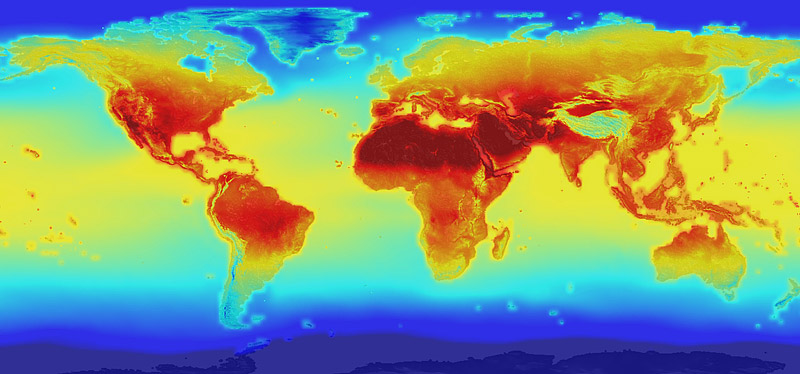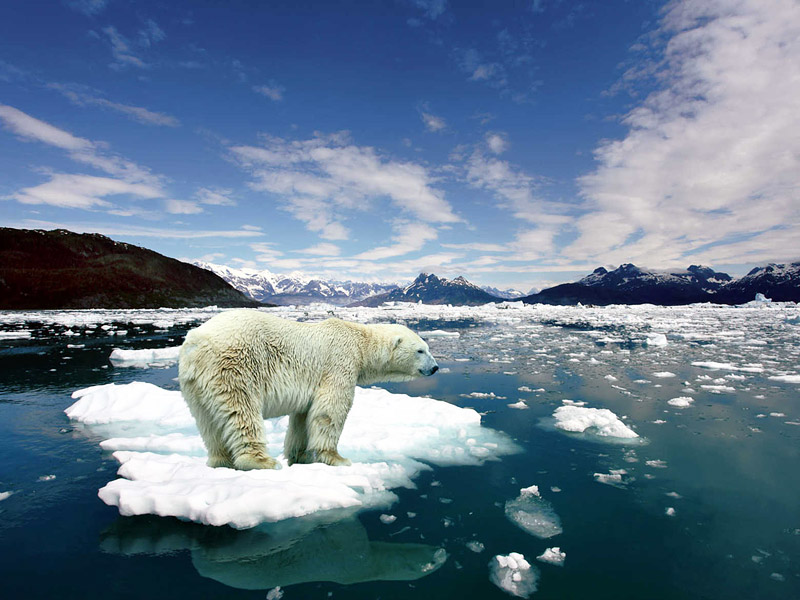
Record temperatures in the first half of 2016 have taken scientists by surprise despite widespread recognition that extreme weather events are becoming more frequent and intense, the director of the World Climate Research Programme said.
The earth is on track for its hottest year on record with June marking the 14th straight month of record heat, the World Meteorological Organization (WMO) said last week.
Temperatures recorded mainly in the northern hemisphere in the first six months of the year, coupled with an early and fast Arctic sea ice melt and “new highs” in heat-trapping carbon dioxide levels, point to quickening climate change, it said.
In a further announcement on Tuesday, the U.N. agency said it would examine whether a temperature of 54 degrees Celsius (129 degrees Fahrenheit) reported in Kuwait last Thursday was a new high for the eastern hemisphere and Asia.
“What concerns me most is that we didn’t anticipate these temperature jumps,” said David Carlson, director of the WMO’s climate research programme, late on Monday.
“We predicted moderate warmth for 2016, but nothing like the temperature rises we’ve seen,” he told the Thomson Reuters Foundation by telephone from Geneva.

“Massive temperature hikes, but also extreme events like floodings, have become the new normal,” Carlson said. “The ice melt rates recorded in the first half of 2016, for example—we don’t usually see those until later in the year.”
He said sudden temperature rises could endanger people, animals and water systems.
“Also critical is the fact that people survive the heat by using more energy for cooling, thus further depleting the world’s resources,” Carlson said.
Predicting the new normal
Carlson said although “the uncertainty surrounding extreme weather events can be used to deny or avoid the issue of climate change,” their increased frequency has drawn greater attention from the international community.
“The question is shifting from ‘has the climate changed?’ to ‘by how much?’,” he said. “Statistically we need to get better at predicting not only how frequent and intense these events will be—but how long they will last.”
Key to understanding extreme weather will be the availability of data across the globe, Carlson said. “We have good data for North America and Europe—on precipitation for example—but just don’t have enough records in Central Africa, Central America and the Arctic.”
Carlson called for global leaders to put climate action higher on national agendas following the Paris Agreement to limit global warming to well below 2°C (3.6°F) above pre-industrial levels.

“The world leaders making serious commitments to tackle climate change are currently few and far between,” he said. However, action at the government level will only happen with pressure from citizens themselves, he added.
“The Clean Air Act, for example, that was all won by the people,” Carlson said, referring to a US law designed to increase pollution controls on vehicles and manufacturers.




Leave a Reply